I have an equation \begin{equation}{\text{L}\left(s\right)=\frac{K}{s(s+4)(s^2+6s+64)}} \end{equation}
and I am trying to determine it's root locus by hand.When I try plotting it with matlab, the root locus seems to cross the imaginary axis at about +/-5.06
When I try to determine where the root locus will cross the imaginary axis by hand, I end up with two possible values for the imaginary axis crossing, either 5.06 like in the matlab plot or 3.52. Is there some way of discarding a value for the imaginary axis crossing? Why do I end up with two values for the imaginary axis crossing but matlab only ends up with one?